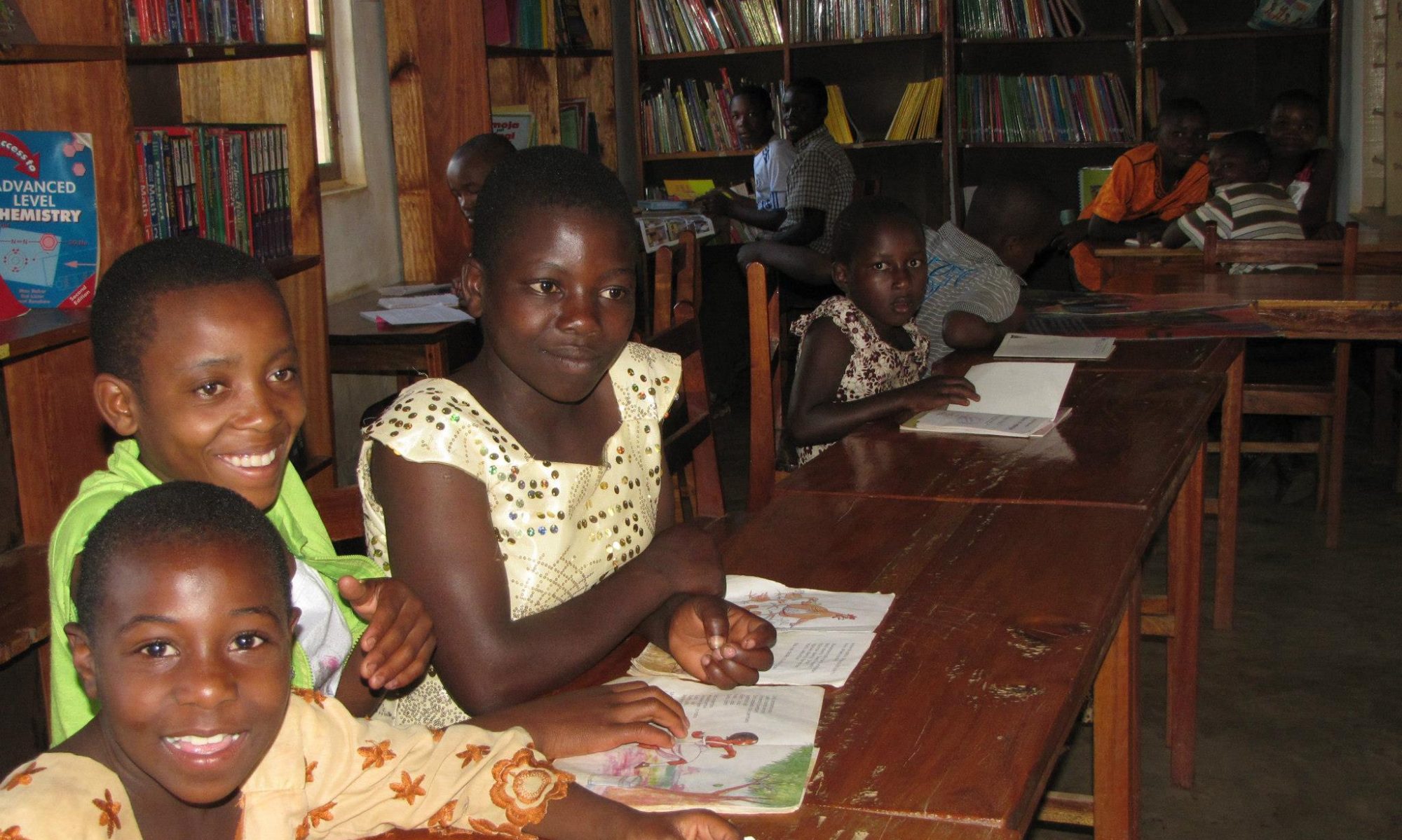“Government Moves to Ease Shortage of Teachers”
This article discusses the shortage of teachers that is being experienced in Tanzania.
A major factor in the shortage at the secondary school level is the rapid increase in enrollment that has taken place over the last few years. The article reports that the number of students entering Form I has increased from 134,964 students in 2005 to 477,554 students in 2009. This rapid increase is due to the addition of many new schools and expanded enrollment in existing schools. It would be interesting to see these numbers for previous years as well. In 2004 Hagati Secondary, where I taught, expanded the number of Form I students from 80 to 120. In addition to this, the government built or took over three or four more schools in the area from which Hagati had formerly drawn students. So I imagine that 2004 saw a great increase in enrollment as well.
The increased number of students at secondary schools isn’t even fully captured by numbers given. In 2008, I believe, the government abolished the rule that students had to pass an examination in Form II to continue to study. As a result the number of students in Forms III and IV have likely increased by an even greater percentage.
While expanding access to education is wonderful, it would be nice if during such expansions as much effort was put into increasing the number of teachers as in increasing the number of students. If the number of Teachers’ Training Colleges were similarly expanded at the same time as, or, better yet, prior to, the secondary school expansion, then perhaps the shortage of teachers would not be so great. Instead an already existing shortage of teachers was greatly exacerbated. I only hope that the quality of education has not diminished too much as a result.
Full article available on
The Citizen Website

